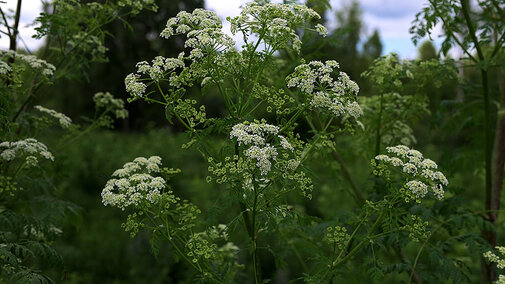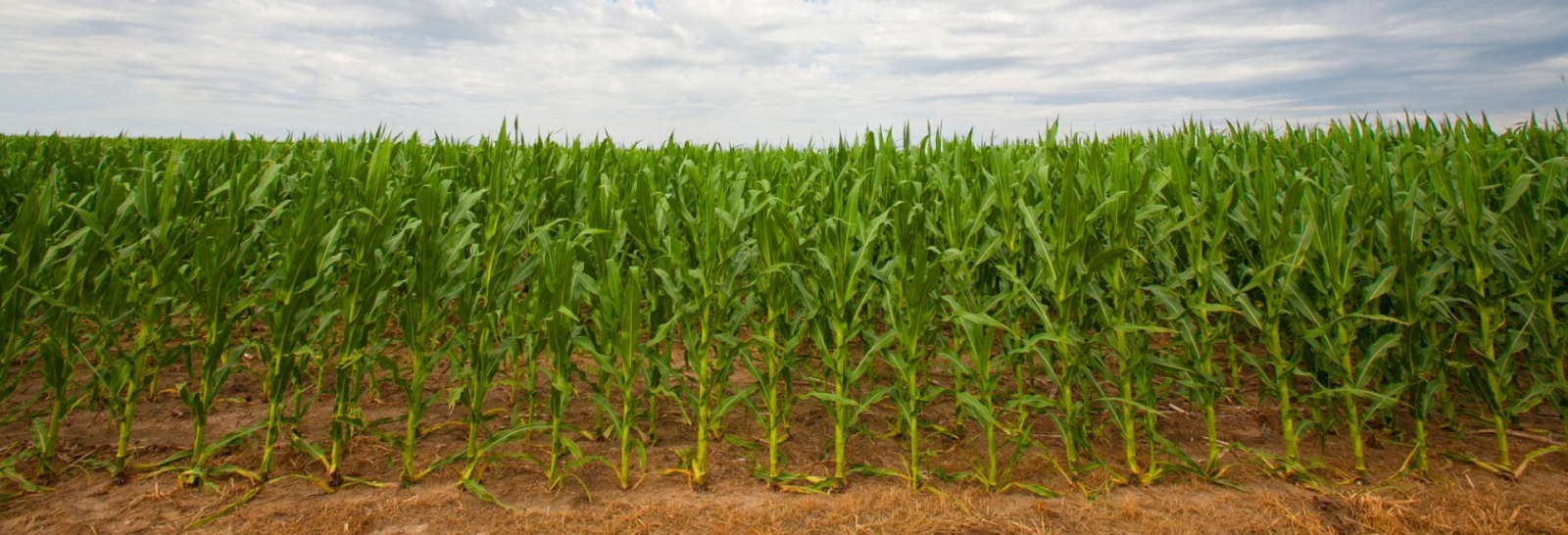Summer Annual Grasses in Alfalfa
By mid-summer, summer annual grasses like foxtail, sandbur and crabgrass are already up and growing — and they’re starting to cause issues in perennial hay or pasture fields.
At this point in the season, pre-emergent herbicides are no longer an effective control option for already growing summer annual wees. Our best bet is to focus on post-emergent control and timely harvest management. In Roundup Ready® alfalfa, a labeled glyphosate product is a solid option — just be sure to treat while weeds are still small and before the alfalfa canopy blocks spray coverage.
In conventional alfalfa, grass-selective herbicides like Select®, Assure® or Poast® can still work on smaller grasses. Follow the label closely for height limits and grazing or harvest restrictions.
If weeds are already well established, burn-down products like Gramoxone® may be your best shot. Apply immediately after cutting — before much alfalfa regrowth occurs — to knock back annual grasses with limited damage to the stand.
In mixed alfalfa-grass fields, your herbicide options are even more limited. The only post-emergent product we might consider is Pursuit®, which may stunt perennial grasses. This doesn’t disqualify it as an option but be aware it may open the door for more weed pressure.
This late in the season, cultural controls like adjusting harvest timing and maintaining a dense, vigorous stand may do more for long-term control than a spray pass. And remember — no herbicide will make up for poor timing.
Summer grasses are a challenge, but with a sharp eye and well-timed management, you can still limit their impact and protect your hay quality.
Poison Hemlock and Livestock
Have you noticed tall weeds with umbrella-like white flowers in pastures, ditch banks and along the roadsides? It may be poison hemlock, a toxic plant to both people and livestock.
Poison hemlock is one of Nebraska’s top 10 poisonous plants. It thrives in wet or moist soils along streams, roadsides and pastures. Hemlock has distinctive fern-like leaves and purple spots on its stems. A biennial plant, hemlock grows as a rosette in its first year and produces a stalk with white flowers in the second.
So, how can you manage this weed? Avoid overgrazing pastures containing hemlock. When there's plenty of forage, animals will eat the healthy, palatable plants and avoid hemlock. However, if grass gets short, even unpalatable poisonous plants might be consumed. This includes turning hungry animals into fresh pastures with hemlock; desperate animals may eat the first green plant they encounter. Ensure plenty of water, salt and minerals are always available. Animals deprived of these essentials may eat abnormally, increasing the risk of consuming hemlock. Just five pounds of foliage can be lethal for cows, and only two pounds can be deadly for horses.
Fortunately, hemlock is usually not palatable to most livestock. They won’t eat much unless it's the only green plant around or if the plant has been altered. Do not attempt to control hemlock during the grazing season by mowing or spraying if the area will eventually contain livestock. These controls can increase its palatability, making it more likely for animals to consume enough to be poisoned. Instead, control poison hemlock in early spring or fall when animals are not in the pasture, or fence off large patches if necessary. Options for herbicide control may include 2,4-D + Dicamba; Graslan L®; Chaparral®; Cimarron Plus®; DuraCor®; Escort XP®; and Streamline®.
Control of Flies in Pastures and Rangeland
In Nebraska, there are two species of fly that cause the most economic injury to pasture and rangeland cattle — the horn fly and face fly. Selection of an appropriate control method for each will depend on the time of year, efficacy, cost, convenience of the treatment, and your herd management practices.
The horn fly is a major pest that is estimated to cause over $1 billion in economic losses in the U.S. annually. It is a blood-feeding insect that is found on the back, sides and poll area of the animal. The economic injury level of the horn fly is 200 flies per animal that, once surpassed, causes altered grazing patterns and behavior, which lead to reduced milk production and weight gain. In Nebraska, there are two population spikes of horn fly — one in early summer and the second in late August through mid-September.
While the face fly is not a blood feeder, it can cause extreme discomfort by feeding on animal secretions from the eyes, mouth and muzzle. It is also a vector of the pathogen that causes pinkeye in cattle, and feeding by the female fly causes eye tissue damage. Face fly populations usually peak in late July and August and are most common near waterways, in areas of significant rainfall and irrigated pastures.
Horn fly and face fly management options vary widely and include forced use methods such as dust bags, back rubbers and traps, as well as product application methods such as pour-ons, animal sprays and insecticide ear tags. For more information on control methods, contact your county extension office.

